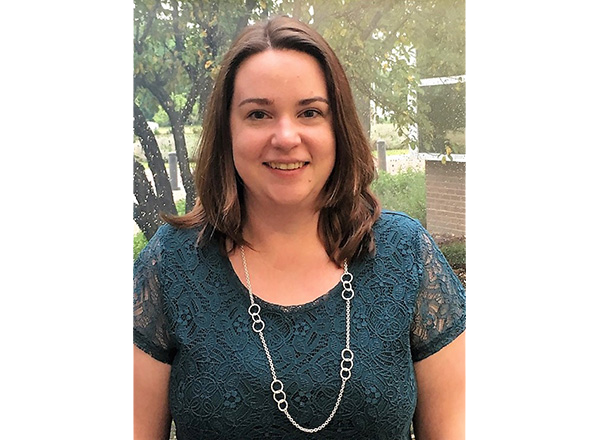Accessibility is inclusion in action

Photo: Rachel Ford, HFC Web Accessibility Manager
What is "accessibility" at Henry Ford College? On our campuses, accessibility is central to the physical spaces we create and occupy, and also the world of technology that infuses our work in teaching and learning.
“Accessibility tends to sound like a really big concept,” said Rachel Ford, HFC’s Web Accessibility Manager, whose focus is on the technological side of accessibility. “What I’m really talking about is our ability to provide everyone equal or equivalent access to our information, programs, and resources -- truly everything that we have and use, regardless of a person’s ability or disability. For instance, a person who is using a standard computer and a person who is using a computer with speech-to-text software, both need to be able to access and use the same software, textbooks, forms, and other materials. Making information fully accessible helps make that possible.”
Ford – an alumna of Schoolcraft College, Davenport University, and Central Michigan University – came to HFC last fall. Previously, she worked in instructional technology and distance learning at Schoolcraft. She is currently offering accessibility training sessions at HFC so all HFC faculty and staff can make their work accessible to everyone.
In her sessions, Ford covers many topics, including how to create accessible Word documents, PowerPoint documents, and PDF files. These sessions are hands-on, and future plans will cover Excel and more advanced topics that are important in a diverse, inclusive, welcoming campus environment.
"Small changes can make a huge difference"
Accessibility is not just about assisting people with impairments or disabilities. It is a powerful way to make the world better for everyone. That's why it's important that we understand accessibility as a foundational principle, not as an "add-on" or a burden to our work. In fact, users will often find that building accessibility from the beginning can make their work both easier and better, in the long run. Try using styles in your Word documents, for example, and you'll find that you can make instant changes in a single place that will automatically propagate through the rest of the document.
“Probably the biggest challenges we face are awareness of accessibility and a shift in the way we think about creating and selecting electronic resources,” said Ford. “Accessibility does not have to be hard. We can start with small changes and build accessibility in from the ground up, such as the way we design a document. Even small changes can make a huge difference, making our technology more useable for everyone.”
For example, adding closed captions to a video helps people who cannot hear the video, and it also helps people who have difficulty with the language, and people who are trying to watch the video late at night and not wake up their child. The positive outcomes for making our technologies accessible only increase as we embrace accessibility principles and practices.
While there are regulatory requirements for accessibility, another driving factor in improving accessibility is HFC’s commitment to be a Welcoming College. Accessibility also affects every goal of the College’s Strategic Plan, including student success and enrollment.
“By making our electronic resources more accessible, we are opening doors for those with disabilities to have greater opportunities both on our campus and in the community,” said Ford. “We are making the campus community more diverse and inclusive, and providing greater opportunities for all of our students to be successful.”